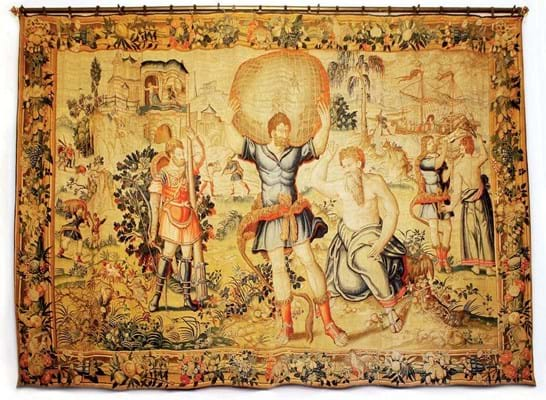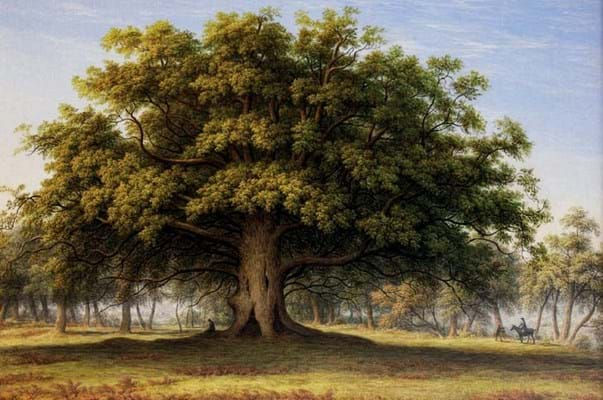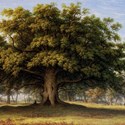The 550-lot clearance over two days on April 17-18 reached a hammer total of £1.75m.
North Mymms Park, built in the last days of the 16th century for the Coningsby family, has been remodelled and resold a dozen times across four centuries. In its most recent guise the property was a corporate training centre for pharmaceuticals giant Glaxo Smith Kline.
Nineteen tapestries, created in workshops across northern Europe from the mid-16th to the mid-18th century, formed the centrepiece of the Stansted Mountfitchet sale.
Most were collected by the Anglo-American banker Walter Hayes Burns (1838-97) and his wife Mary, who purchased the estate in 1893 to accommodate their growing art collection.
The tapestries have been in the property since then – remaining at North Mymms following a contents sale conducted by Christie’s in September 1979 when a Middle Eastern buyer paid close to £300,000 to keep them in situ.
London textiles dealer Simon Franses described them as “one of the most important country sales of historic tapestries since those sold at Mentmore and Elveden Hall with Rothschild and Guinness provenances”.
JP Morgan provenance
The group included two part sets that came to the house via the American financier and collector John Pierpont Morgan (brother of Mary Burns).
Five 16th century weavings depicted scenes from the Labours of Hercules after the Flemish painter Bernard van Orley. An internet bidder acquired a number of them at prices between £56,000 and £120,000 – the top price of the sale paid for a tapestry showing Hercules supporting the heavens for Atlas.
This particular tapestry had sold for £20,000 in 1979 when the group of five had cost £104,000. Last week they took £392,000 plus 25% premium.
Indicative of a seismic change of taste, not all of the North Mymms tapestries sold individually for more than they had close to 40 years ago but collectively added around £750,000 to the hammer total.
The remaining pictures and chattels had come to the property since the 1980s.
Leading more than 100 oils, from 16th century portraits to modern marines, was John Glover’s (1767-1849) depiction of The Beggar’s Oak sold at £94,000.
The celebrated tree stood on Lord Bagot’s estate at Blithfield Hall in Staffordshire. In The Trees of Great Britain and Ireland, Henry John Elwes describes it in the following terms: “I visited it in March 1904. The roots measure about 25 paces round and the branches cover an area of 114 paces round.”
The picture had last sold at Christie’s London in July 1989 for £24,000.
Sworders’ chairman Guy Schooling – who had conducted valuation work at North Mymms for over two decades – said the sale “exceeded even my most ambitious expectations”.


















